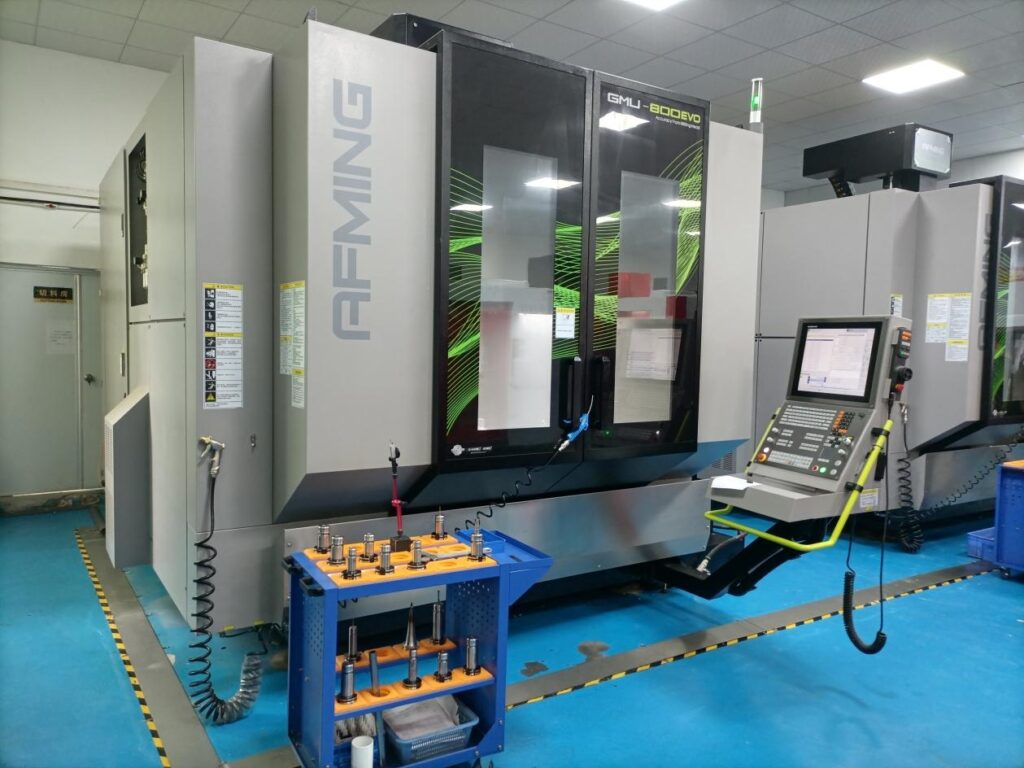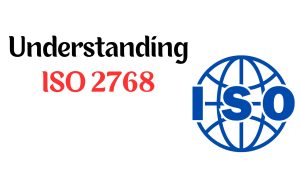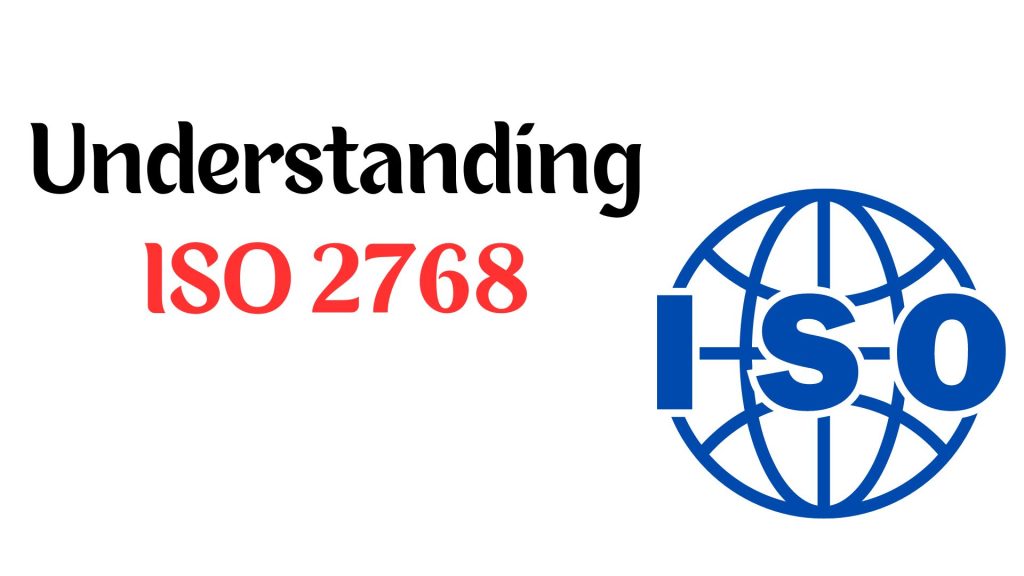If you’re contemplating CNC machining parts for your upcoming project, having a comprehensive understanding of the associated costs is vital for efficient financial planning, resource allocation, and informed decision-making during the product development journey. In this article, we will delve into the intricacies of CNC machining costs and the factors influencing them. Additionally, we will examine its comparison with the costs of 3D printing, provide valuable tips for manufacturers aiming to minimize expenses, and offer guidance on estimating the costs for your particular part or prototype.
The True Cost of CNC Machining
Determining the true cost of CNC machining involves numerous factors, and the total cost can vary widely depending on the complexity of the part and specific project requirements. Here’s an overview of key considerations:
1. Cost Range:
– Simple CNC Part: A simple CNC part can cost as low as $100 per piece.
– Larger Metal Parts: Larger metal parts might escalate into several thousand dollars or higher.
2.Contributing Factors:
– Material, Labor, Equipment:Various factors contribute to CNC machining costs, including raw material, labor, equipment, and other considerations like changeover, cleaning, and maintenance.
3. Calculation Formula:
– Simplified Formula: Many companies use a simplified formula for cost calculation: raw material cost + machining cost + post-processing cost + overhead cost, with a profit margin added to the total.
4. Breakdown of Factors:
– Raw Material Cost: The cost of the material used for machining.
– Machining Cost: Costs associated with programming, fixture manufacturing, and the actual cutting process.
– Post-Processing Cost: Expenses related to surface finishing, assembly, and other post-processing requirements.
– Overhead Cost: Includes facility expenses, utilities, administrative costs, etc.
– Profit Margin: Added to the total to cover the supplier’s profit.
Understanding and breaking down these factors are crucial for accurate budgeting and cost estimation in CNC machining projects. Clients should work closely with machining suppliers to get a comprehensive understanding of the true cost and ensure alignment with project goals and budget constraints.

Factors that drive the cost of CNC machining
1.Raw Material Costs in CNC Machining:
Raw material costs are a fundamental component of CNC machining expenses, influenced by factors such as billet size, quantity, and the type of material used. Key considerations regarding raw material costs include:
1.1 Variability in Material Cost:
– Billet Size and Material Type: Material costs in CNC machining vary based on the size of the billet, the quantity needed, and the type of material chosen. Billets for CNC machining can range from approximately $3 per kilogram to over $200 per kilogram.
1.2 Metal vs. Plastic Costs:
– Metals vs. Plastics: Metals generally incur higher costs compared to plastics. Within each group, specific metals and plastics may have different costs per kilogram. For instance, machining titanium or stainless steel tends to cost more than aluminum, and CNC machining PEEK is typically more expensive than ABS or acrylic.
1.3 Material Specifics:
– Cost Variations within Groups: Even within the same material group, such as metals or plastics, there can be significant cost variations. The specific type of metal or plastic chosen for the project influences the overall material cost.
Understanding the raw material costs is essential for accurate budgeting and cost estimation in CNC machining projects. Clients should collaborate with machining suppliers to select materials that align with their project requirements and budget constraints.
2.Machining Costs in CNC Machining:
Machining costs are a significant component of CNC machining expenses, encompassing programming, fixture manufacturing, and the actual material cutting process. Here are key points related to machining costs:
2.1. Components of Machining Costs:
– Programming and Fixture Manufacturing: Machining costs include the time and effort invested in programming the CNC machines, manufacturing any required fixtures, and the actual cutting of the material. The overall complexity of the part influences the estimation of machining costs.
2.2 Lathe Machining Costs:
– Less Complex Moving Parts: Lathes generally cost less in terms of machining. They feature less complex moving parts, contributing to lower hourly rates. Lathe machining costs can typically range from $15 per hour.
2.3 Regional Variation in Machining Costs:
– China: Machining costs vary by region. In China, some shops may offer lower rates, such as $5 per hour for quickly milling simple ABS plastic with little regard for tolerances. Larger Chinese shops may charge between $10 and $30 per hour for 3-axis to 5-axis machining.
– Europe: In Europe, machining costs are comparatively higher. 3-axis machining may cost roughly $30 to $40 per hour. For high-speed 5-axis milling, costs can escalate to $75 to $150 per hour.
Understanding the machining costs is crucial for budgeting and selecting the right machining supplier. Clients should consider the complexity of their parts, regional variations in costs, and the specific machining processes required for their project when estimating and negotiating machining costs.
- Post-Processing and its Impact on CNC Machining Costs:
Post-processing in CNC machining encompasses assembly costs and surface finishing operations, including smoothing, bead blasting, polishing, and more. While simple deburr finishes may suffice for early-stage or functional prototypes, achieving a high-quality appearance often requires extensive post-processing. Considerations related to post-processing and its impact on costs include:
3.1 Surface Finishing Operations:
– Smoothing, Bead Blasting, Polishing: Depending on the desired outcome, surface finishing operations like smoothing, bead blasting, and polishing may be employed. Each operation adds a layer of refinement to the final product but contributes to increased costs.
3.2 Quality Appearance Requirements:
– Impact on Machining Costs: For products requiring a high-quality appearance, extensive post-processing becomes crucial. The additional steps involved in achieving a polished finish, anodized features, laser-engraving, and silk-screening contribute to machining costs.
3.3 Example of Smartphone Production:
– Material vs. Post-Processing Costs: Using the example of a smartphone, where the materials might cost $10 per phone, extensive post-processing becomes key. High polish finishes for the screen, anodized aluminum frames, laser-engraved barcodes, and silk-screened or painted details significantly add to the overall machining costs.

3.4 Assembly Work:
– Integration of Components: Assembly work is a part of post-processing and involves the integration of various components. This step requires precision and adds to the overall cost of machining.
Understanding the specific post-processing requirements for achieving the desired appearance and functionality is crucial for accurate cost estimation. Clients should communicate their expectations regarding surface finishes, assembly, and other post-processing aspects to machining suppliers to ensure alignment with project goals.
4.Overhead Cost in CNC Machining:
In CNC machining, overhead costs encompass facility expenses, utilities, administrative costs, and more. While these costs may not significantly impact the cost for prototype quantities compared to other factors, they do play a role in overall pricing. Here are key considerations related to overhead costs:
4.1. Impact on Costs:
– Limited Impact for Prototypes: For prototype quantities, overhead costs may not contribute significantly to the overall expense compared to other factors such as material and labor.
4.2. ISO Certification and Quality Control:
– Certification and Quality Control Procedures: ISO-certified and well-managed machining enterprises often have rigorous inspection and quality control procedures in place. The efforts invested in managing and delivering higher quality products may increase overhead costs, influencing the overall pricing.
4.3. Shop Size and Overhead:
– Variation Among Shops: Different machining shops vary in size and overhead structures. Some may be larger, ISO-certified facilities with comprehensive quality control measures, while others could be smaller, one-person shops with minimal overhead.
4.4. Consistency and Quality:
– Consistency vs. Overhead: While smaller shops may have lower overhead, they might struggle to maintain consistent quality compared to larger, well-established facilities. The trade-off between overhead costs and consistent quality should be considered when selecting a machining shop.
Understanding the role of overhead costs provides insights into the overall pricing structure of CNC machining services. Clients should consider the balance between overhead, quality, and consistency when choosing a machining supplier for their specific requirements.

5. Profit in CNC Machining Costs
As in any business transaction, suppliers and vendors aim to make a profit from providing parts. CNC machining companies typically target a standard profit margin ranging from 10 to 20% with each order. However, it’s important to note that this rate can vary significantly from one supplier to another.
Several factors can influence the profit margin:
5.1 Part Complexity:
– Skilled Appearance Models vs. Structural Components: Certain parts, such as highly skilled appearance models, may command a higher profit margin compared to machined structural components. The complexity and expertise required for specific parts can impact the perceived value and associated profit margin.
5.2 Supplier Variances:
– Differences Among Suppliers: Different CNC machining suppliers may have distinct profit margin strategies. Variances in pricing structures, services offered, and overall business models contribute to differences in profit expectations.
Understanding the expected profit margin is essential for both the supplier and the client, ensuring transparency in the cost breakdown and fostering a mutually beneficial business relationship. It’s advisable for clients to discuss and negotiate profit margins as part of the overall agreement with CNC machining suppliers.
Other Factors to Consider in CNC Machining Cost
1. Cost by Product Type:
– Functional Prototype vs. Assembly Piece: Determine whether your CNC part is a functional prototype or an assembly piece requiring tight tolerances. Different functions may influence machining requirements.
– Size and Complexity: The nature, size, and complexity of the part significantly impact CNC machining costs. Larger or more intricate parts may result in higher material usage, longer production times, and the need for larger, advanced machinery.
2. Material Selection:
– Material Characteristics: The properties of the chosen material, such as ease of machinability, can affect CNC machining costs. Some materials may require more advanced tools or specialized processes, impacting overall expenses.
3. Shipping Fees:
– Inquire About Shipping Costs: When obtaining CNC machining quotes, ensure to inquire about shipping costs. Shipping fees, if not explicitly included, can substantially influence the total expenditure. Consider shipping as an essential component of the overall cost estimation.
4. Production Volume:
– Economies of Scale: The quantity of parts being produced can impact costs. Larger production volumes may benefit from economies of scale, potentially reducing costs per unit.
5. Lead Time:
– Urgency of Production: Urgent or expedited production may incur additional costs. Consider lead time requirements and factor in any premium charges for accelerated production schedules.
6. Tooling and Setup:
– Complexity of Setup: Intricate or complex setups may require more time and resources, influencing costs. Consider the level of tooling and setup complexity needed for your project.
7. Post-Processing Requirements:
– Surface Finishes and Treatments: If your project requires specific surface finishes or treatments, these may add to the overall cost. Consider post-processing requirements when estimating expenses.
Considering these additional factors alongside the core elements helps ensure a more accurate and comprehensive assessment of CNC machining costs for your specific project.
CNC Machining vs. 3D Printing Cost
Material costs in 3D printing often scale more linearly with the number of parts produced, as each part typically requires its own dedicated amount of printing material. Conversely, in CNC machining, raw material costs per unit may decrease with larger quantities produced, utilizing the same block more efficiently for multiple parts.
For highly complex designs, CNC machining may be less cost-effective than 3D printing. The intricacy of CNC machining requires more expertise, advanced machinery, and tools, leading to potentially higher costs. In contrast, 3D printing maintains relatively consistent costs regardless of complexity. Its additive layer-by-layer process minimizes the impact of design intricacy on cost.
Understanding these differences in cost implications is crucial for making informed decisions about which manufacturing process may be more cost-effective based on the specific requirements of a project. It’s important to delve into how suppliers calculate the cost of 3D printing to gain a comprehensive understanding.
Tips to Reduce CNC Machining Cost
Lowering CNC machining costs involves optimizing design, material selection, and manufacturing processes. Here are some tips to help minimize CNC machining costs:
1. Optimize Your Design: Simplify designs by reducing unnecessary features or complex geometries, and only specify tolerances where absolutely necessary. This can significantly lower costs associated with advanced machinery, longer machine time, and labor.
2. Use Compatible Material Alternatives: Explore cost-effective materials compatible with the CNC machining process, especially during the prototyping stage. Choose materials that serve the purpose without compromising quality.
3. Avoid Multiple Finishes: For proof-of-concept prototypes, consider skipping detailed surface finishes and extensive post-processing. Eliminate unnecessary processing steps and incorporate missing elements directly into the final design.
4. Order in Batches: Producing parts in larger batches can take advantage of economies of scale. CNC machining setup costs per part can be reduced when producing more parts in a single batch, ultimately lowering the overall cost.
5. In-House vs. Outsource: Evaluate the cost-effectiveness of in-house machining versus outsourcing. Consider factors like reputation, reviews, and quality when choosing an outsourcing partner. Balance the cost with the quality offered.
- Get an Estimate: Before starting the machining process, send initial drawings to get a pre-service quote. Seek advice from the service provider, as they may identify areas for improvement or modification to reduce unnecessary costs.
Estimate the cost of your CNC part
Curious about the cost of your CNC part? Upload your 3D CAD file using our instant quote tool, select the desired technology, material, and surface finish to receive a free quote. When you’re ready to proceed, click “place order” in the checkout area to conveniently submit your order online. For personalized assistance, you can also submit your inquiry and project details HERE, and one of our experts will promptly reach out to assist you.






